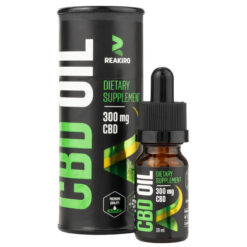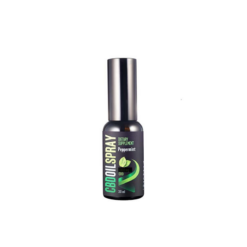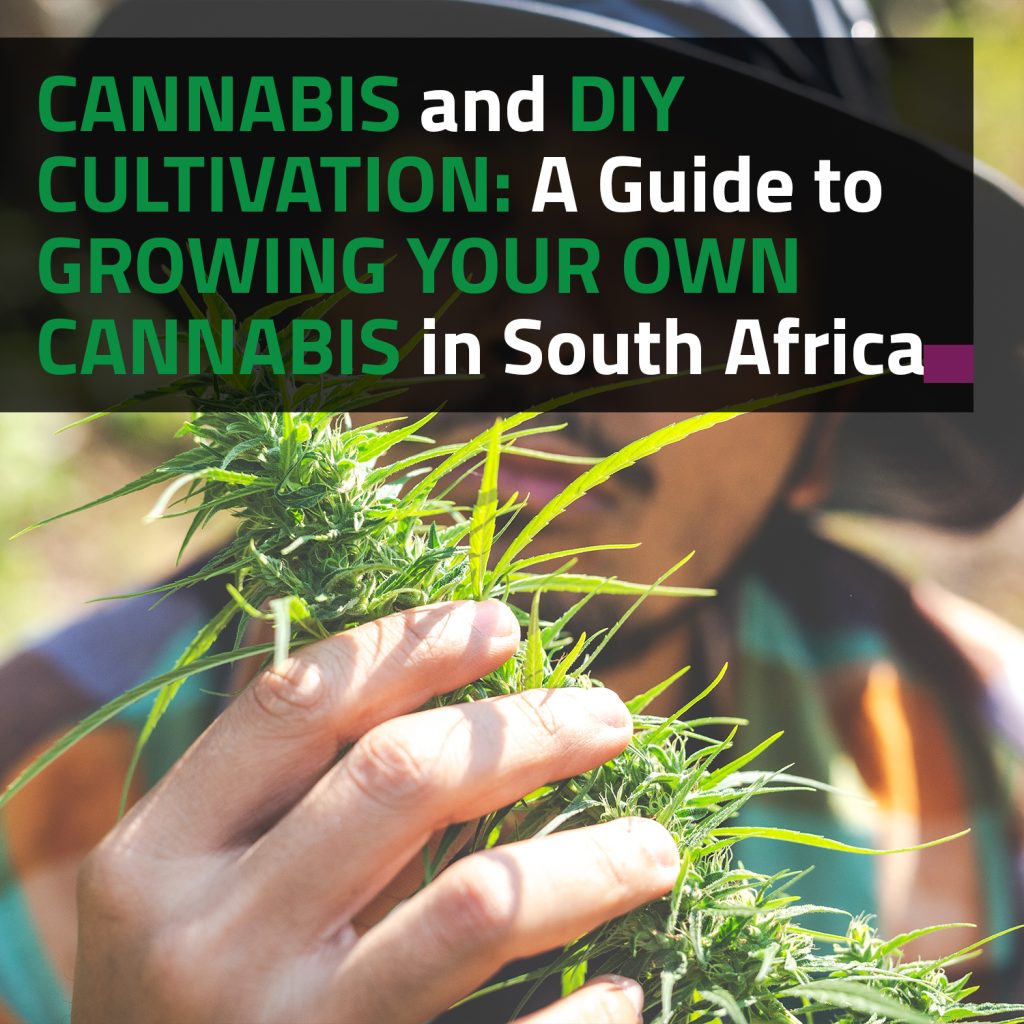In the dynamic landscape of South Africa’s evolving cannabis culture, the prospect of cultivating your own cannabis has become increasingly accessible and appealing. This comprehensive guide aims to empower individuals with the knowledge and skills necessary for a successful DIY cannabis cultivation journey. From navigating the legal intricacies surrounding cannabis in South Africa to selecting the right strains and mastering the essential techniques of growth, this article is designed to be a go-to resource for enthusiasts and newcomers alike. Whether you’re a seasoned cultivator or a curious beginner, join us on a journey through the art and science of growing your own cannabis in the unique context of South Africa.
Choosing The Right Cannabis Strain For Your DIY Cultivation
Selecting the right cannabis strain is a pivotal decision in your DIY cultivation journey, as different strains offer unique characteristics in terms of flavour, aroma, potency, and growth traits. To make an informed choice, it’s essential to consider your personal preferences, cultivation environment, and the effects you desire from the final product.
Indica, Sativa, Or Hybrid?
Begin by understanding the fundamental differences between Indica and Sativa strains, as well as hybrid varieties that combine traits from both. Indicas are often associated with relaxation and a sedative effect, making them suitable for evening use. Sativas, on the other hand, are known for their energising and uplifting effects, making them better suited for daytime consumption. Hybrids provide a blend of these characteristics, catering to a broader spectrum of preferences.
Strain Examples
- Durban Poison (Sativa): Originating from South Africa, this pure Sativa strain is renowned for its uplifting and euphoric effects. It’s an excellent choice for those seeking daytime creativity and focus.
- Afghan Kush (Indica): Known for its relaxing and sedative properties, Afghan Kush is an Indica strain originating from the Hindu Kush mountain range. It’s ideal for those seeking relief from stress and insomnia.
- Blue Dream (Hybrid): A popular hybrid strain, Blue Dream combines the uplifting effects of Sativa with the relaxation of Indica. It often produces a balanced and euphoric experience, making it suitable for various occasions.
- Amnesia Haze (Sativa): This Sativa-dominant strain is prized for its potent and long-lasting cerebral effects. It’s a favourite among creative individuals and those looking for a powerful, uplifting experience.
Consider factors such as the strain’s flowering time, resistance to pests, and the overall growth difficulty when making your choice. Whether you opt for a classic strain or an innovative hybrid, selecting the right cannabis strain lays the foundation for a successful and enjoyable cultivation experience.
Essential Equipment And Supplies For Home Cultivation
Creating a successful home cultivation setup requires careful consideration of the essential equipment and supplies to ensure optimal growth conditions for your cannabis plants. Whether you’re cultivating indoors or outdoors, having the right tools is crucial for a successful harvest.
Grow Lights
If you’re growing cannabis indoors, high-quality grow lights are essential. LED, HPS (High-Pressure Sodium), and fluorescent lights are common choices. LED lights are popular for their energy efficiency and adjustable spectrum, catering to different growth stages.
Ventilation System
A proper ventilation system helps maintain the right temperature and humidity levels. This includes exhaust fans, intake fans, and oscillating fans to ensure good air circulation. Adequate ventilation also helps prevent mould and mildew.
Growing Medium
Choose a suitable growing medium based on your preferred cultivation method. Soil is user-friendly and often preferred by beginners, while hydroponic systems provide precise control over nutrient delivery.
Containers/Pots
Select appropriately sized containers with good drainage to prevent waterlogging. Fabric pots are popular for their aeration benefits, promoting healthier root systems.
Nutrients
Cannabis plants require essential nutrients for healthy growth. Invest in a reliable nutrient solution designed for cannabis cultivation, or explore organic alternatives for soil-based cultivation.
pH Metre And pH Adjusting Kit
Cannabis plants thrive in specific pH ranges. A pH metre and adjusting kit are crucial to monitor and maintain the pH of your water or nutrient solution.
Temperature And Humidity Control
Keep track of temperature and humidity levels with a thermometer and hygrometer to create an optimal environment. This is crucial for achieving robust and healthy plant development.
Trellis Netting And Support Structures
Plant Training: Implement trellis netting or support structures to manage plant growth, enhance light distribution, and maximise yields.
Pruning And Trimming Tools
Keep pruning shears and trimming scissors on hand for removing unwanted leaves, promoting air circulation, and shaping your plants.
pH-Neutral Water
Ensure your water source is pH-neutral and free from contaminants. If needed, consider investing in a water filtration system.
Propagation Tools
For starting your plants from seeds, gather germination trays, seedling mix, and a humidity dome.
Setting Up Your Cannabis Grow Space: Indoor Vs. Outdoor
The decision to cultivate cannabis indoors or outdoors significantly influences the overall growing experience and the characteristics of your plants. Each approach comes with its own set of advantages and challenges.
Indoor Cultivation
- Controlled Environment: Growing indoors allows precise control over environmental factors. You can maintain optimal temperature and humidity levels throughout the entire growth cycle.
- Year-Round Cultivation: Indoor cultivation enables you to grow cannabis year-round, unaffected by external weather conditions. This provides consistency and flexibility in your harvest schedule.
- Security and Privacy: Indoor setups offer greater security and privacy, as your cultivation activities are less visible to neighbours or passersby. This can be particularly important in regions with strict regulations.
- Lighting Options: Indoor growers have the flexibility to choose from various artificial lighting systems, such as LED, HPS, or fluorescent lights. This allows for tailored light spectrums based on the plant’s growth stage.
- Space Utilisation: Indoor cultivation allows for efficient use of vertical space. Techniques like ScrOG (Screen of Green) or LST (Low-Stress Training) can be employed to maximise yields.
Outdoor Cultivation:
- Natural Sunlight: Outdoor cultivation relies on natural sunlight, reducing the need for artificial lighting and lowering operational costs.
- Large Plant Size: Cannabis plants can reach larger sizes outdoors, taking advantage of the full spectrum of natural sunlight. This can lead to higher yields per plant compared to confined indoor spaces.
- Soil Health: Outdoor cultivation allows plants to benefit from a diverse soil ecosystem, contributing to a more complex and robust flavour profile in the harvested buds.
- Sustainability: Growing outdoors is often considered more environmentally friendly, as it minimises the need for electricity and artificial inputs.
- Challenges: Outdoor cultivation is susceptible to weather conditions and pests. Protecting plants from heavy rain, strong winds, and pests may require additional measures.
Harvesting And Curing: Steps To Optimal Potency
Harvesting and curing are the final stages of the cannabis cultivation process, and they are crucial for preserving and enhancing the potency, flavour, and overall quality of your harvested buds. Proper timing and care during these stages can make a significant difference in the final product.
Harvesting
- Trichome Evaluation: Monitor the trichomes (tiny, resinous crystals) on the buds using a magnifying tool. Harvesting at the right time is essential for achieving the desired level of potency. Trichomes change colour over time: clear (immature), cloudy (peak potency), and amber (overripe).
- Timing: Harvest when a significant portion of the trichomes has turned cloudy but before they become predominantly amber. This is usually during the flowering stage, around 6-8 weeks for many strains.
- Flush Plants: Stop nutrient feeding a week or two before harvest to allow the plants to use up any remaining nutrients and produce a cleaner-tasting final product.
- Cutting Technique: Use clean, sharp scissors or pruning shears to cut the branches. Be gentle to avoid damaging the delicate trichomes.
Drying
- Hang to Dry: Hang the trimmed branches upside down in a dark, cool, and well-ventilated space. Maintain a temperature of around 60-70°F (15-21°C) with humidity levels between 45-55%.
- Avoid Direct Light: Keep the drying area dark to prevent degradation of cannabinoids and terpenes due to exposure to light.
- Patience: Allow the buds to dry slowly. This process can take 7-14 days, depending on environmental conditions and the size of the buds.
Curing
- Jar Curing: Once the smaller stems snap rather than bend, it’s time to move the buds to airtight glass jars for the curing process.
- Burping: During the first week of curing, “burp” the jars by opening them for a few minutes daily to release built-up moisture and gases. This prevents mould growth and ensures a smoother smoke.
- Humidity Control: Maintain a relative humidity (RH) inside the jars between 58-65%. Use hygrometers to monitor and humidity-packs to regulate humidity if necessary.
- Duration: Curing typically lasts 2-8 weeks. Longer curing periods can result in a smoother smoke and enhanced flavours.
- Dark and Cool Storage: Store cured buds in a dark and cool place, away from direct sunlight, to preserve potency and terpene profiles.
Final Quality Check:
- Appearance: Properly dried and cured buds should have a slightly crisp exterior and a dense, but not too dry, interior.
- Aroma: Cured buds develop a rich and complex aroma. A strong, pleasant scent is indicative of a well-cured product.
- Potency: Regularly sample your cured buds to assess their potency. Well-cured cannabis often delivers a smoother and more potent experience.
In conclusion, embarking on the journey of DIY cannabis cultivation in South Africa offers enthusiasts a unique opportunity to connect with this versatile plant in a region with diverse climates and rich cultural dynamics. From navigating the legal landscape to selecting the right strains, optimising environmental conditions, and practising sustainable cultivation, the journey involves a blend of art and science.
By adhering to legal regulations, embracing regional considerations, and incorporating best practices, cultivators can not only yield a bountiful harvest but also contribute to the growing community of responsible and knowledgeable cannabis enthusiasts in South Africa. As you embark on your homegrown adventure, may these insights and tips serve as a guide to a successful, fulfilling, and respectful cultivation experience. Happy growing!
-
Reakiro – Broad Spectrum CBD Oil
R349.00 – R499.00 -
Reakiro – Hemp CBD Capsules
R349.00 – R499.00 -
Reakiro – Broad Spectrum CBD Oil Mouth Spray – Peppermint
R499.00 – R799.00 -
Reakiro – CBD Immune Support Capsules
R549.00










